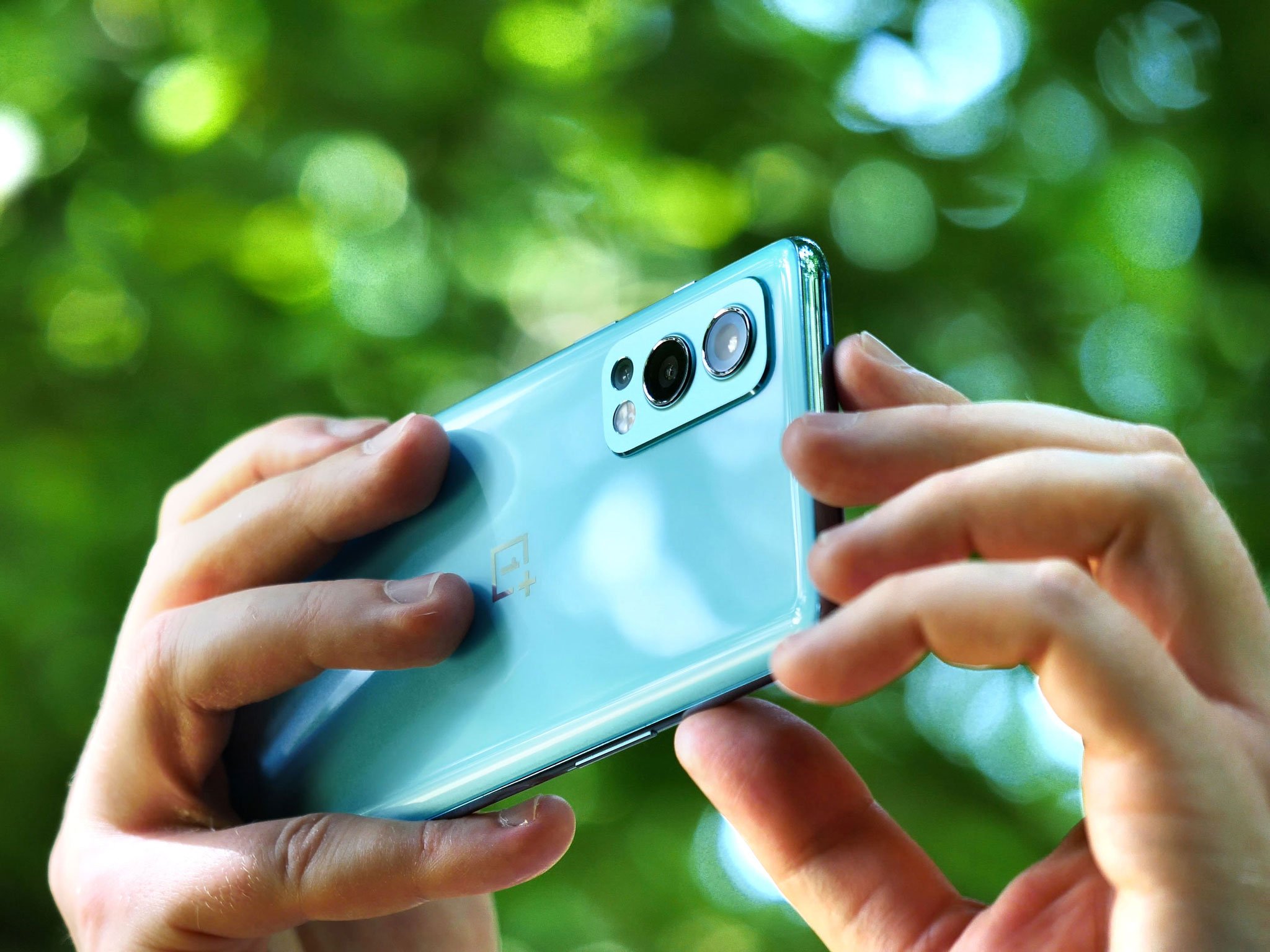Like it or not, Apple just made macro shooters a must-have feature in next year's Android flagships — and that's not a bad thing.
Apple often doesn't do new things first, especially in the smartphone space. But there's no denying that an iPhone launch often sets the tone for the coming year of flagships. We've seen it countless times before: With the move away from 3.5mm headphone jacks in 2016, and more recently with the facial recognition tech and in-box chargers.
Every Android manufacturer — especially the big ones like Samsung, Xiaomi, and Oppo — wants to invite comparisons with Apple's handset. Some, like Huawei, have even tried to out-iPhone the iPhone, doubling down on ideas like 3D Touch, which eventually turned out to be technological dead ends.
And so, as we hurtle towards the 2022 release cycle, macro photography looks likely to be the next major iPhone feature borrowed by the best Android phones of the next 12 months. The iPhone 13 Pro can capture impressive close-ups thanks to its upgraded ultra-wide camera, as AC's Harish Jonnalagadda writes in his review:
I used dedicated macro lenses on over a hundred Android phones, and most of the time, they're not worth the effort. However, there are a few devices like the Mi 11 Ultra that rely on the 50MP wide-angle lens to take macro shots, and they do a good job getting close to the subject. The iPhone 13 Pro Max utilizes a similar system; as the wide-angle lens has autofocus, it switches to macro mode when you're close to an object, letting you take photos from just 2 cm away.
That said, I had a lot of fun using this mode on the iPhone 13 Pro Max, and the only thing that's missing is a dedicated toggle to enable or disable the feature. Right now, it's done automatically, but there are a few scenarios — mainly at night — where the macro mode isn't quite as good, and in these situations, I want to be able to turn it off manually.
Once again, Apple isn't the first to do this — Huawei's P20 Pro was pulling similar photographic tricks back in 2018 — but it is the first to position it as a significant selling point and a vital part of the smartphone camera arsenal.
Android phones have included macro in the past, but few have taken it seriously.
Android manufacturers have plenty of experience with macro cameras, but these have largely been an afterthought — 5-megapixel or 2-megapixel units that produce grainy shots, the quality of which quickly degrades in lower light. I've called them "sticker cameras" before because they're about as useful as a sticker on the back of a phone to the average user. Even great phones like the OnePlus Nord 2 have fallen victim to ever-multiplying numbers of these sticker cameras. The idea is sound, but few phone makers think to back it up with the necessary hardware muscle.
While macro photography in the iPhone 13 Pro is sure to accelerate the adoption of dubious quality macro shooters in mid-range Androids, it should also push makers of high-end devices to pay attention to this neglected area of photography. In terms of the optics of a smartphone camera, it's not difficult to tweak your ultrawide lens to allow for a nearer focal length. Samsung, for instance, already does this to an extent with its "focus enhancer" mode on the Galaxy S21 Ultra, which automatically switches to the ultrawide camera when the camera's subject is closer than a few centimeters. A natural step up would be to adapt the ultrawide shooter to pull double-duty as an iPhone-style macro shooter in the upcoming S22 Ultra.
Android manufacturers like Huawei, Samsung, and Xiaomi now include periscope telephoto cameras that let you capture distant subjects in sharp focus. If you've used this kind of camera, you'll know how this added diversity changes the way you think about taking photos on a phone.
If done right, macro capabilities in a phone camera can be just as useful and creative as telephoto, super-telephoto, or regular ultrawide. That's especially true when paired with high-quality video capabilities of the kind Apple's new flagship can boast. Apple's adoption of the feature is sure to push it more towards the mainstream as a feature that's just expected in phones over a certain price. And if that happens, anyone buying a high-end phone will be better for it.
Source: androidcentral


